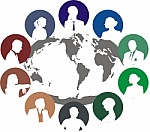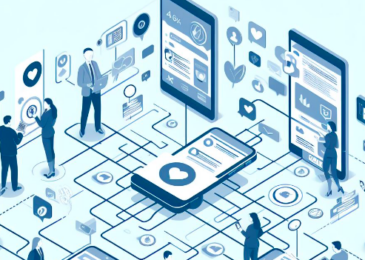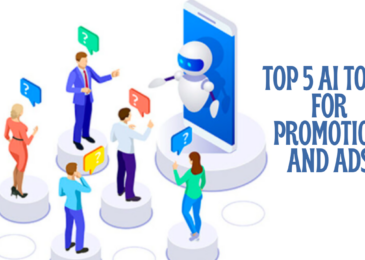With nearly 200 million members from around the globe, LinkedIn is the world’s most powerful networking tool. Whether you are just out of college, or you have a few decades of experience, the people you meet on LinkedIn can be valuable resources for your career.
One of the best things about LinkedIn is that it allows people who might not otherwise connect to meet and share resources, ideas and information. It can also bring out the worst in people, who don’t follow basic etiquette or make mistakes that turn off potential contacts. But if you avoid common mistakes, it is possible to grow your network beyond the people you already know.
Reach Out and Touch Someone
When you’re new to LinkedIn — or if you’ve been a member for a while, and just haven’t done much with your profile — it might be tempting to send connection requests to everyone and anyone. And sure, you probably don’t need to spend a whole lot of time introducing yourself to your current co-workers and former college roommate, but when you’re reaching out to people that you haven’t met yet, you need to tread lightly.
Why? Because LinkedIn has safeguards in place to protect users against spammers and frauds. They’ve developed a system of safeguards, one of which is the ability for users to ignore requests, and indicate that they do not know the requester. If you make a connection request to someone, and they say they don’t know you, you’re blocked from making any additional requests to that person unless you provide their e-mail address. In addition, if too many people click the “I don’t know this person” box on your requests, you could be restricted from LinkedIn altogether.
For that reason, it’s important that you take care in sending requests, especially to people you haven’t met. It might be easy to simply click the blue “Connect” button on someone’s profile, and send the invitation using the default message, but that’s a good way to have your requests ignored. In fact, many executives note that they automatically ignore any requests that don’t include a personal note explaining why someone wants to connect, so at the minimum, you need to write a personal note.
“Hi, My Name Is . . .”
Even if you’re looking for a job, your LinkedIn introduction is not the place to share all of your credentials and tell someone why you’re the greatest thing since sliced bread and they need to hire you yesterday.The introductory message — which should be sent via inMail, LinkedIn’s e-mail service, if you really want to be taken seriously — should simply provide an introduction to you and state why you want to connect. For example, write something like “I’m currently working in the healthcare field as a CNA but am considering BSN online programs to earn my nursing license. I was hoping to connect with you, as you have a great deal of experience in this area and I would like to ask you some questions.” When your contact accepts the request, she’ll be able to see all of your credentials (which of course you will have updated before you started sending out connection requests) and learn more about you.
Join Groups
While reaching out to specific people is the best way to make contacts and build relationships, you can meet additional people in your field by joining groups. LinkedIn Groups run the gamut from small and private, devoted to a single topic or for the purposes of planning an event, to large and all-encompassing, such as groups devoted to education, law or another field.
When you join a group, you have the opportunity to interact with people authentically and share ideas, information and insights. Pay attention to what people are saying, and be an active participant in the conversation. If you notice certain people who often have interesting things to say, reach out to them, mentioning your shared group in your connection request. You’ll already be on track to a fruitful relationship — and more importantly, your comments within the group will give the other person some insight into who you are and how you think.
Build Relationships
LinkedIn is not about the quantity of contacts you make, but the quality. If you never interact with people once you’ve connected, you’re not using the tool to its full potential. Once someone accepts your request for a connection, make a point of interacting with them, at least a few times a year. And if they help you out, whether getting you an interview or simply answering questions, always show gratitude.
When used properly, LinkedIn is a valuable networking tool. Take your time, and focus on meaningful relationships rather than numbers, and you’ll see your network grow.
About the Author: Dana Cadigan works in the communication department for a large healthcare system, where she manages social media campaigns. She transitioned into communications after nearly a decade in patient care, and brings that unique perspective to her outreach and communication efforts.







